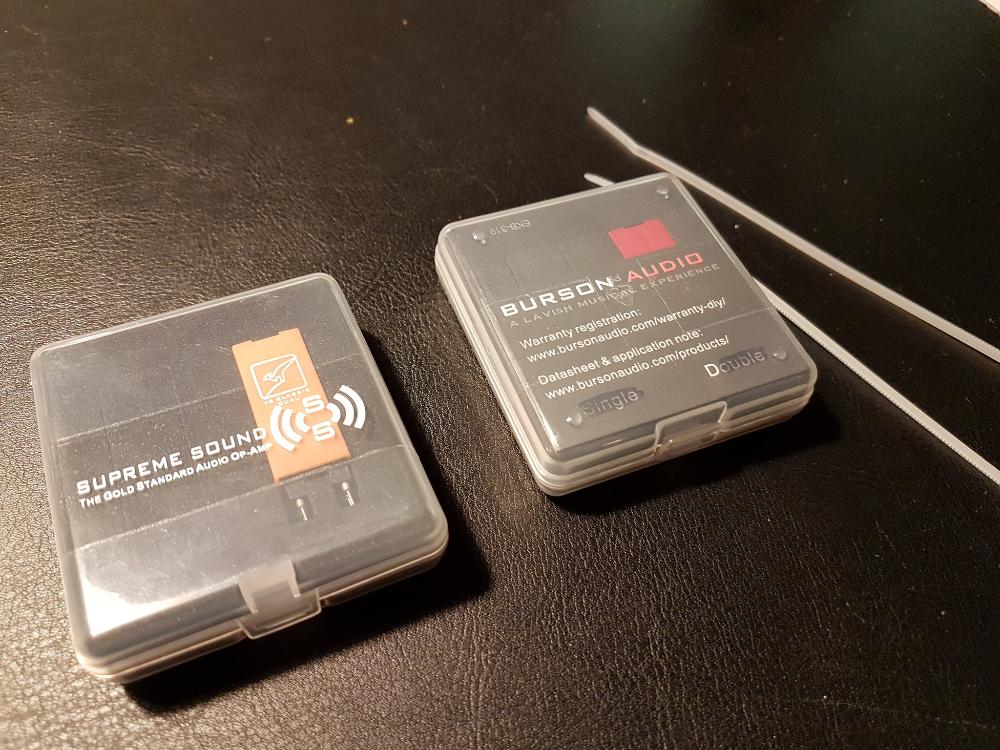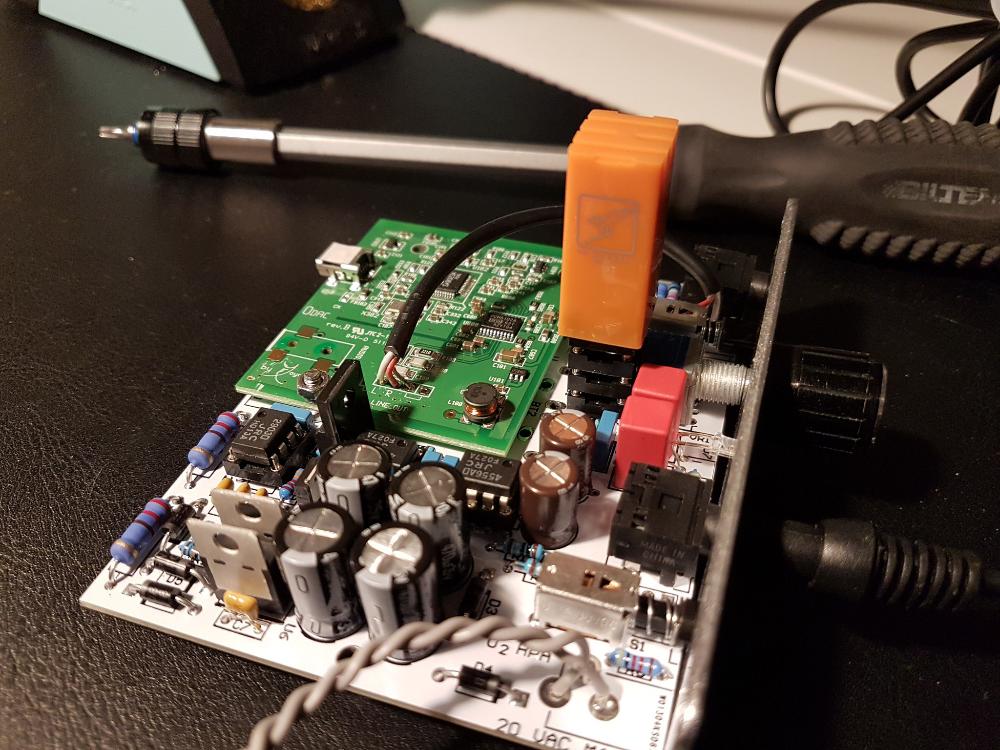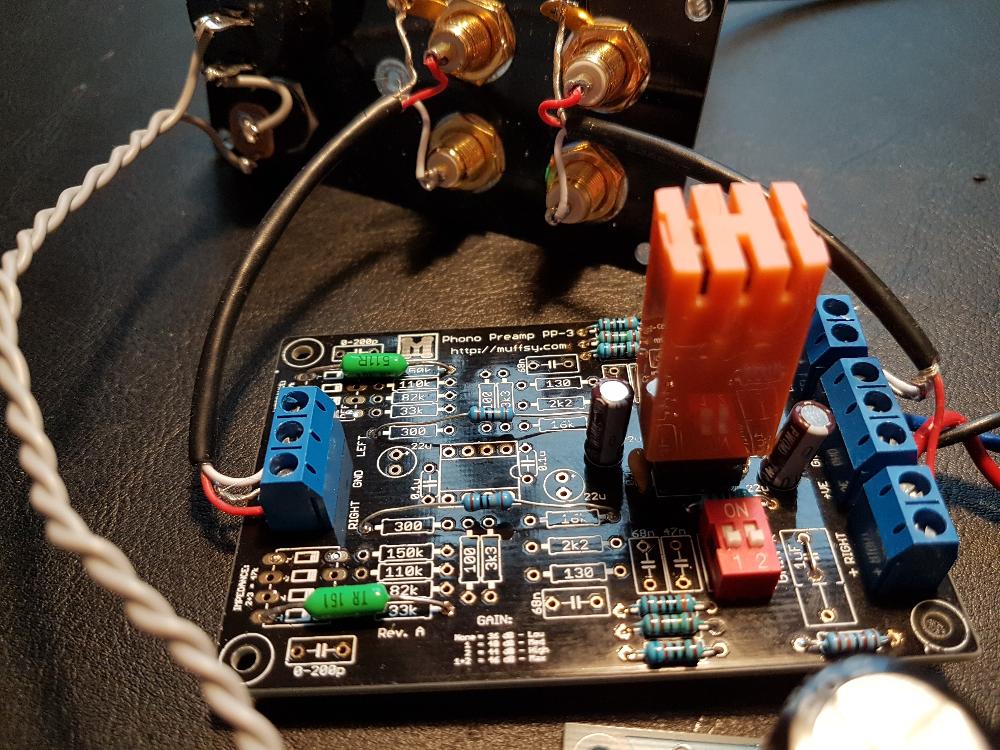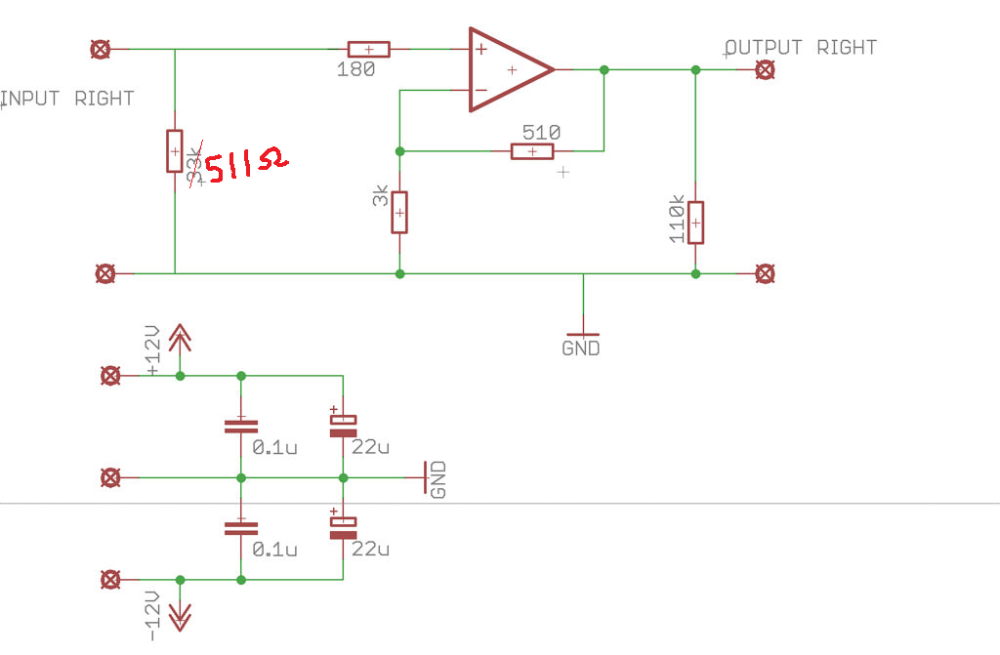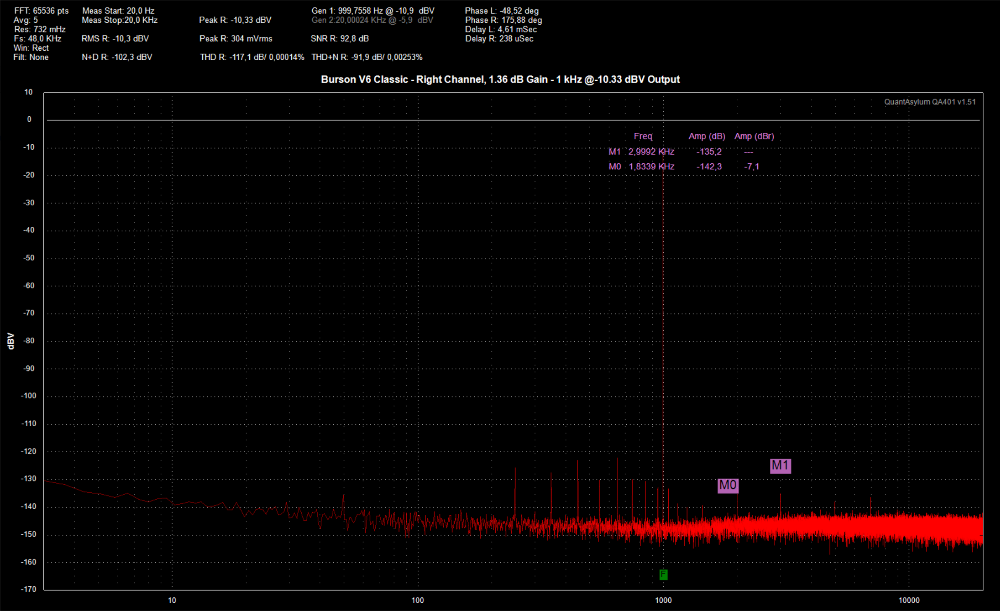Background
To see if the Burson V6 operational amplifiers are viable in the Muffsy Phono Preamp, I went ahead and bought the dual version of both the V6 Classic and V6 Vivid (*). They don't come cheap, about 20x the price of an OPA2134. Getting two of these instead of 40 OPAs for my kit stock was quite a difficult decision...
The op amps from Burson were delivered with cable ties. I have not been able to figure out why... ;)
I have both feet firmly planted in the objective side of things, so I decided to get the Burson's to do some measurements. I did listen to them in the gain stage of my headphone amp, comparing them with both NJM2068 and LM4562. They sounded pretty damn good (as in more or less indistinguishable from the others) in that scenario (both 2.5 and 6.5X gain), so I really don't feel fooled or anything. This seems to be a proper product.
JFET inputs are best suited for moving magnet cartridges. The Bursons do have JFET inputs. I would like my op amps to be able to run on +/-15 volts. The Bursons handle up to +/- 16.5 volts. The basics are covered, let's see what they're capable of.
(*) Yes, I did buy them myself. They were not given to me by Burson.
Preparations
In my quest to measure the Burson V6 discrete operational amplifiers, I've established the measurement baseline and used the OPA2134 as reference.
I'll start with the Burson V6 Classic, and I'll have to visit the Burson V6 Vivid later. The V6 Vivid that I received appears to be defective. Burson kindly agreed to send me a new one.
I have shown that I can measure THD down to -118.7 dB / 0.00012%, Here's how the Burson V6 Classic fares.
The op amp is placed in a test rig with 1.36 dB gain. There is no filtering circuitry in the test rig. The output signal is -10.33 dBV, which is the level at which my audio analyzer performs the best.
NOTE: I have reduced the input impedance from 33k to 511 ohms, and updated the measurements. A man's gotta do something with those Tesla TR161 precision resistors...
The plastic around the Bursons gets comfortably warm (not hot, but they would be perfect for warming my hands now that it's winter), and they need a minute or so to warm up before the measurements stabilize. This is taken into account when performing the measurement below.
THD Measurements
As it turns out, the V6 Classic is within the measurement limits of my QA401 with about 1.5 dB to spare. The THD shows up at -117.1 dB / 0.00014 %. The noise below 1 kHz shows up in this graph as well, showing that the Burson doesn't have the same noise rejection as the OPA2134.
While the OPA2134 performed beyond the abilities of the audio analyzer, the Burson didn't. This shows that the V6 Classic can't compete with the OPA2134 when it comes to THD at low gain. Still, this is pretty respectable.
Based on the THD alone, they should be virtually indistinguishable from most "normal" op amps in the gain stage of a DAC, headphone amp, CD player and similar line level equipment. I won't be testing their output capabilities, but they're probably not suited for output directly to a headphone (and neither are more than 99% of the IC op amps).
